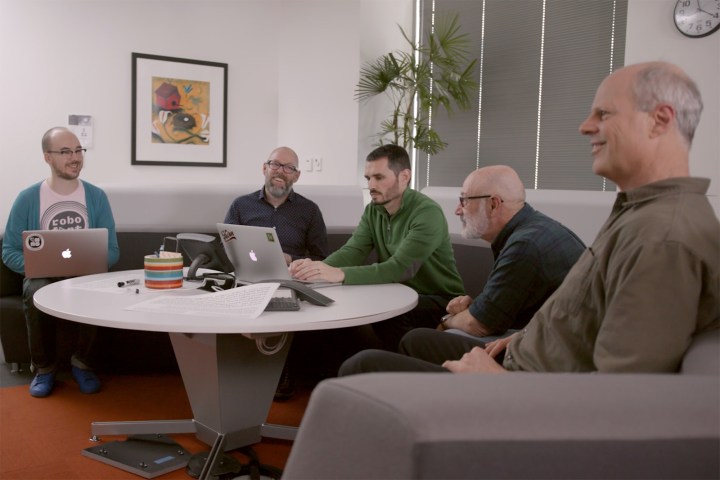
By containing multiple characters in one font, Source Han Serif aims to give developers working on programs in multiple languages consistency across the type design. While English (and many other Latin character-based languages) only needs to span 26 letters with upper and lower case variations along with symbols, accented variants, and grammatical symbols, East Asian languages contain a much broader number of characters. When those characters aren’t part of the font family, the translated letter then becomes a little box marking missing information. The new open source font contains 65,535 different glyphs or characters.

While fonts containing so many characters tend to be at least 40MB, Source Han Serif is less than 25MB, with downloads available with the set as a whole or in language subsets. The smaller file size doesn’t make any usability sacrifices, Adobe senior manager Dan Rhatigan explained, but instead uses files more efficiently by mapping out each region’s shared glyphs, even with as many as four regional variations of each character within the same language.
The font complements Source Han Sans, which launched in 2014 with similar universal goals. The latest font expands on the original as a serif font — or one that contains those little lines where the large line ends, like at the feet of an “A.” Serif fonts are traditionally used in body text while the cleaner look of a Sans Serif (or no serif) font tends to be favored for headings and large text.
Adobe says the font is designed to be screen-friendly, with each glyph containing a separate horizontal and vertical format. The font family also includes seven different weight and style variations (such as bold and italic). By adding a Serif font to the earlier release, the fonts can be used together in more applications, Adobe says.

“Source Han Serif pushes the boundaries of what’s really capable with the font format,” Rhatigan said. “What we are able to do in combining all of these and looking how these glyphs can be shared, is that we were able to push the envelope in the size of the family while occupying a relatively small footprint compared to fonts offerings from other countries.”
While fonts containing the vast number of characters in Chinese Korean and Japanese are expensive to develop, Source Han Serif is open source, and available free through Adobe Typekit in North America and Japan. In China and Korea, the font family is available on GitHub. Google is also releasing the font under the name Noto Serif CJK from the Google Noto page.




